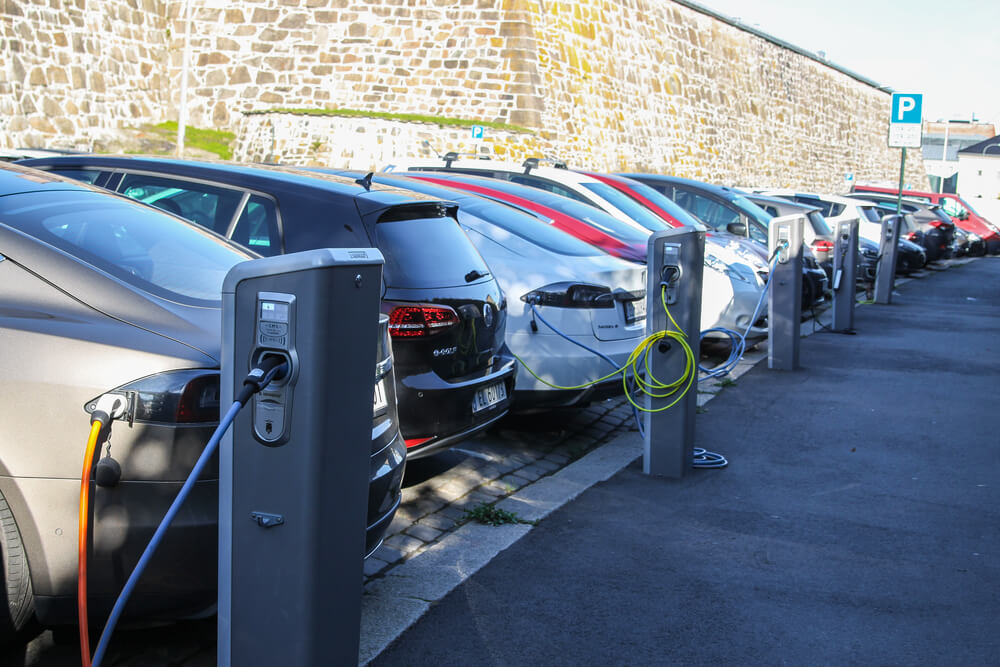Government policies can create the conditions for robust infrastructure and industry for EV battery recycling and repurposing
In the pursuit of net-zero emissions by 2050, or what it describes as “clean air and good jobs,” the Government of Canada has committed more than $30 billion towards a nationwide transition to electric vehicles (EVs). This includes $2.3 billion in subsidies for consumers to purchase EVs, $850 million for the industry to build out the necessary charging infrastructure, and, most prominently, nearly $27 billion in construction and production subsidies for three foreign companies to manufacture EV batteries in Canada.
These investments have sparked much debate about the economic merits of this policy, including questions on whether this is the best use of public dollars, and what returns Canadian workers and taxpayers can expect from their investment. But what about the environmental part of the equation?
Both critics and early adopters of EVs acknowledge that they are only as green as the electricity used to charge their batteries. Many people also realize that extracting and processing the critical minerals required to manufacture EV batteries have immense environmental impacts and ethical concerns. However, as important as these “upstream” aspects of the EV transition are, significantly less attention has been paid to the “downstream” impacts.
What are the environmental implications, for example, when batteries reach their end-of-vehicle-life (EoVL)?
The federal government has mandated that by 2035, all new light-duty vehicles (the SUVs, pick-ups, and cars that are in the majority of Canadians’ driveways and garages) will be zero-emission vehicles — that means either a plug-in hybrid or a fully electric vehicle. This transition will result in a growing number of batteries that eventually need to be recycled or repurposed for secondary uses.
Yet, despite this coming growth, there is currently no comprehensive, national policy regime in Canada that fully considers the economic, regulatory, environmental and technical requirements for the effective management of EV battery waste. There is a window of opportunity now to craft policies that harness the battery repurposing and recycling sector’s momentum and responsibly scale infrastructure to meet future demands for repurposing and recycling.
While the market is anticipated to manage most EoVL batteries, due to their economic value, it is crucial to establish policy guardrails within which market forces operate. The fast-evolving EV battery repurposing and recycling industry holds immense potential, promising environmental, economic and energy security benefits, but faces many technological, regulatory and economic challenges.
Policies that promote circularity — including the effective, efficient, and safe repurposing and recycling of batteries and their critical minerals — will help ensure the transition to EVs is both economically beneficial and environmentally sustainable. The right policy approach to this issue will influence the speed of decarbonization, the supply of critical minerals, and the viability and environmental impact of Canada’s multibillion-dollar investments in battery manufacturing.
Simply put, Canada has a significant opportunity to demonstrate leadership and advance its goals on climate action, sustainable natural resource development, economic growth, and workforce development by developing a robust repurposing and recycling ecosystem for EV batteries.
Given the future growth of EVs, the federal government must act now to ensure the sustainable management of EoVL batteries. We believe it has both a responsibility and the opportunity to:
- Create enabling conditions for a homegrown, economically viable repurposing and recycling industry, powered by domestic technology and talent;
- Clarify and coordinate policies that provide industry and consumers with adequate and accurate information that informs the best pathway for EoVL batteries; and
- Develop, simplify and harmonize standards and regulations for the safe dismantling, storage and transportation of EoVL batteries that minimizes costs and protects workers.
Repurposing and recycling EV batteries is not only environmentally sound but can also be commercially viable if economic, regulatory and technical challenges are addressed through proactive and forward-looking policy planning.
The success of the country’s green transition will be influenced by an EV battery’s pathway at EoVL. Canada must act now to make a positive charge forward and reap the economic and environmental returns on its investments.
——
To read the full report click here: Positive Charge: Maximizing Canada’s Electric Vehicle Battery Repurposing and Recycling Ecosystem
Photo courtesy of DepositPhotos





